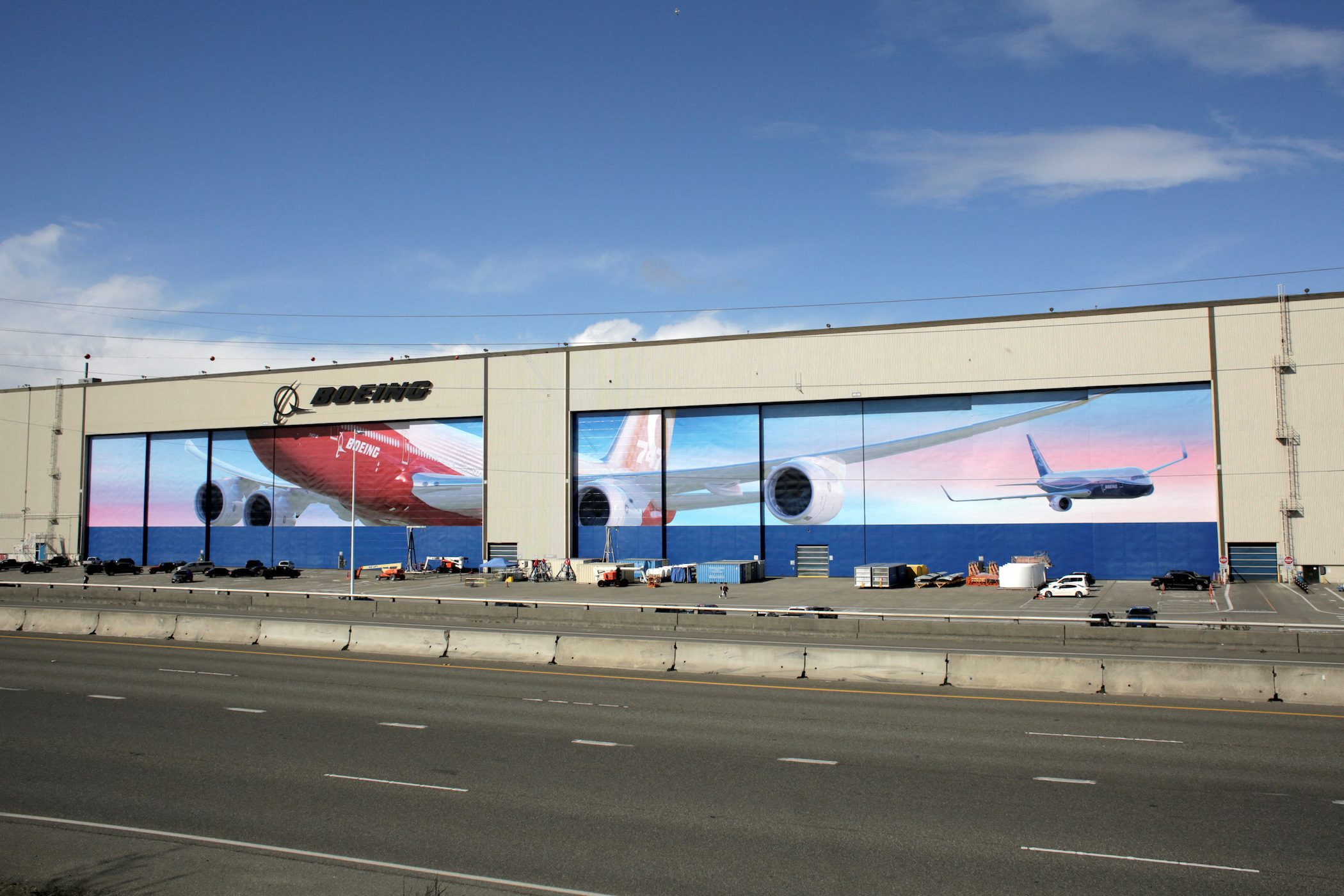SUMMARY
This is AI generated summarization, which may have errors. For context, always refer to the full article.

PARIS, France – Airbus and Boeing have set the stage for the next chapter in their titanic rivalry by remodeling two of the world’s largest buildings – gutted by changes in air travel.
As the last Boeing 747 left its factory on Tuesday, January 31, part of the company’s historic wide-body plant has been earmarked for production of in-demand smaller jets, matching a change of focus at the home of the defunct Airbus A380.
The moves ease doubts over the future of Boeing’s underused Everett plant north of Seattle, the world’s largest building by volume, and the empty Jean-Luc Lagardere A380 assembly hall in Toulouse, the world’s second largest by usable space.
Everett’s industrial activity has also been sharply reduced by a decision to move 787 output to a single base in South Carolina due to a decline in demand for large planes. The smaller 737 will slot into a bay currently used for some remaining 787 work.
Boeing said on Monday, January 30, it would add a new 737 MAX production line in Everett in mid-2024, complementing three already in place at the Renton plant, 36 miles to the south.
That comes as Airbus is midway through installing a new production line for its hot-selling A321neo narrow-body jet in the deserted Lagardere building. It has also announced plans to expand a plant in Alabama.
Once exclusively serving as fortresses in an economic war over big twin-aisle jets, the colossal plants will become an industrial beehive for profitable single-aisle models, reflecting a surge of demand for short and medium trips.
Analysts said Boeing’s move signaled confidence in demand including from China, despite recent trade tensions.
But they noted both sites will still have spare capacity as future production strategy and automation move center-stage in the jet market duopoly, ahead of new orders or jet designs.
“At this stage in the industry evolution, with no new program starts in the near future, production strategy is coming to the fore,” said aerospace consultant Jerrold Lundquist, managing director of The Lundquist Group.
‘Statement’ to Airbus and investors
Airbus and Boeing were for years evenly matched in the single-aisle market which generates most cash. But Airbus pulled sharply ahead due to strong sales of the A321neo and a safety crisis over the 737 MAX, from which Boeing is just recovering.
Boeing aims initially to boost monthly single-aisle output to 50 from 30, and Airbus wants to go as high as 75 from about 45, though analysts question how quickly this can be done.
But narrowing the gap is crucial to preserving Boeing’s main cash cow and strengthening the platform for future launches.
“[Boeing] don’t want to be in a situation where Airbus moves to 70 and they are stuck at 50. They want to have the possibility of matching what Airbus does,” said economist Adam Pilarski, senior vice president at consultancy AVITAS.
“So this is a very important statement [to Airbus]: ‘We are not going to withdraw from the market,’” he added.
Boeing declined to elaborate on Monday’s announcement. Airbus declined to comment.
Boeing’s move is also seen as a bid to reinforce its appeal to investors, some of whom have voiced fears that it is drifting after chief executive Dave Calhoun ruled out launching a new plane within the next decade – even though many analysts agree it makes financial and technological sense to wait.
“This is Calhoun’s way of signaling: don’t count us out, we’re in this for the long haul,” Lundquist said.
Boeing has not said how the line would be designed but both companies are expected to seize on the chance to test the latest automation in part of the market where unit costs are critical. – Rappler.com
Add a comment
How does this make you feel?
There are no comments yet. Add your comment to start the conversation.